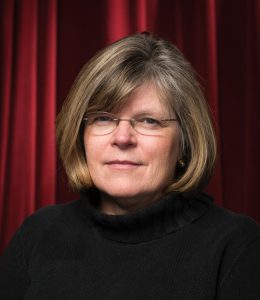 Shortly after I began work at NEHGS about ten years ago, we went into all-hands-on-deck mode. The occasion was the National Genealogical Society’s annual conference, which was in Boston that year and bringing many visitors to the building. A newbie, I was assigned the non-genealogical task of welcoming people at the door. The first person arrived, pulling a wheelie bag behind her. “Hello!” I said. “May I store your bag?” Everyone froze. A hushed silence fell. Finally someone clued me in: “Penny. That’s her research!” Oh. Continue reading The genealogist’s friend
Shortly after I began work at NEHGS about ten years ago, we went into all-hands-on-deck mode. The occasion was the National Genealogical Society’s annual conference, which was in Boston that year and bringing many visitors to the building. A newbie, I was assigned the non-genealogical task of welcoming people at the door. The first person arrived, pulling a wheelie bag behind her. “Hello!” I said. “May I store your bag?” Everyone froze. A hushed silence fell. Finally someone clued me in: “Penny. That’s her research!” Oh. Continue reading The genealogist’s friend
Monthly Archives: May 2017
Correcting an error
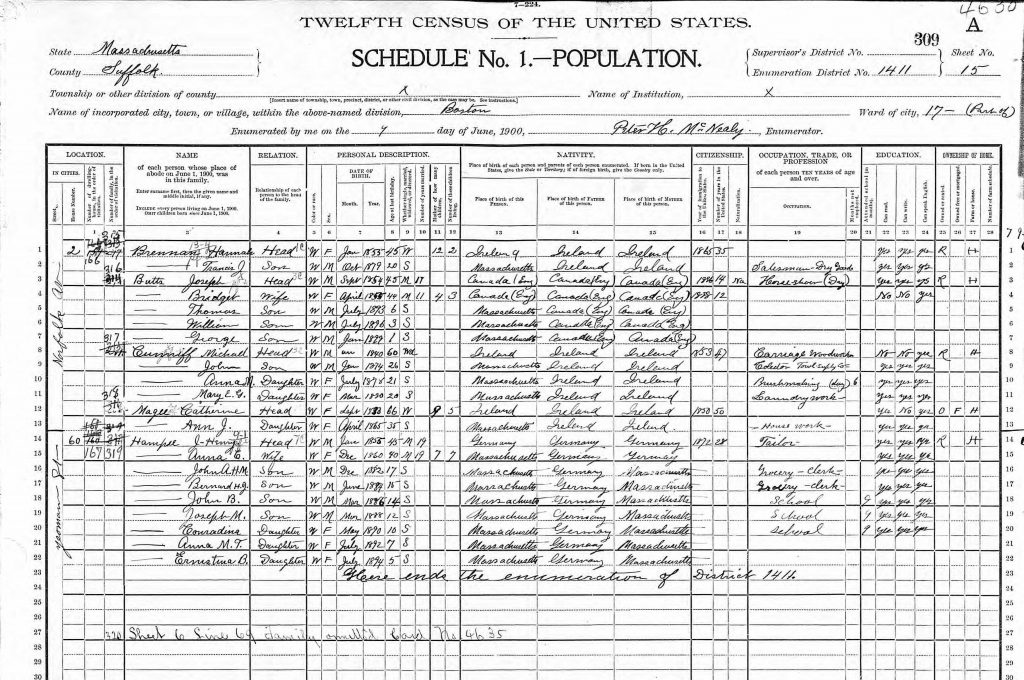 Recently, I’ve started visiting the cemeteries of my ancestors. Fortunately, most of my maternal ancestors stayed in the Boston area after immigrating, so it hasn’t been too difficult.
Recently, I’ve started visiting the cemeteries of my ancestors. Fortunately, most of my maternal ancestors stayed in the Boston area after immigrating, so it hasn’t been too difficult.
A few months ago, I visited St. Joseph’s Cemetery in West Roxbury in search of the headstone of my great-great-grandparents, John Henry and Anna K. (Ulrich) Hampe. After searching for some time, I finally came to the Hampe plot. Listed on the headstone are John and Anna, as well as their children Joseph M., Bernard J., Anna M., and B. Ernestine Hampe. Though I was happy to take a few pictures, I couldn’t help but feel a flicker of disappointment. With the exception of Joseph, the other Hampes buried at St. Joseph’s Cemetery only list their birth and death year, rather than the full dates of those events. Continue reading Correcting an error
‘The last was wonderfully effective’

61 Bowdoin Street, Boston, Sunday, 20 November 1864: …Friday evg. I took the children to the “Sailor’s Fair,” where they met a crowd of young friends, and had a good time, though they had but little money to spend. Their Aunt Sallie Gray[2] presented them with the entrance tickets, very kindly. The whole theatre was a glare of heat & light & blazing colour, very gorgeous, but very wearying; and after walking round with Morris [Gray][3] for 2 hours I was glad to come home, leaving the older boys to stay as long as they liked. I made but 2 purchases – one of Barnum’s Self-sewers for my machine – it seemed to me a very good thing; and some shells for Morris’s Christmas gift. Continue reading ‘The last was wonderfully effective’
A hint of personality
 Behind the scenes, the NEHGS web team is hard at work preparing the searchable version of our Roman Catholic Archdiocese records. As part of that process, our volunteers create spreadsheets that associate information with a specific image file. I proofread these spreadsheets as part of our quality control process.
Behind the scenes, the NEHGS web team is hard at work preparing the searchable version of our Roman Catholic Archdiocese records. As part of that process, our volunteers create spreadsheets that associate information with a specific image file. I proofread these spreadsheets as part of our quality control process.
I’ve recently encountered some confirmation records and was intrigued by their potential value to genealogists. Most confirmation records do not contain parents’ names – they usually just consist of a last name, first name, date, and maybe a sponsor. Continue reading A hint of personality
Follow that salesman
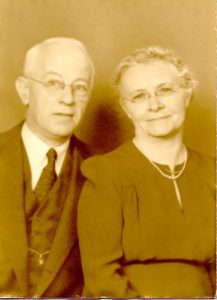
As the New England Regional Genealogical Conference was held recently in Springfield, Massachusetts, I am reminded of my brief genealogical connection to that city and the incredible value of city directories. Springfield is the birthplace of my paternal grandmother, Elizabeth Peltz Helman, who was born there 9 September 1914 at 20 Converse Street. However the family only lived there two years before moving on. Her father, Gilbert Wayne Helman (1882–1945), was a travelling salesman who for the better part of twenty-plus years never lived in the same city for long. City directories (along with a few other records) allow me get a nearly complete timeline of someone who was constantly “on the move.”
Gilbert was born in Philadelphia 12 March 1882, the elder of the two sons of Herbert Heath and Mary Rosella (Through) Helman. Continue reading Follow that salesman
Writing family history
Hints for Success
 I recently saw an interesting infographic about writing success. Although the focus is on writing novels, several of the hints apply to writing a family history:
I recently saw an interesting infographic about writing success. Although the focus is on writing novels, several of the hints apply to writing a family history:
- read more
- write, write, write
- read your work aloud
Let’s look at each one of these in turn.
Read more. When you undertake a family history, you’ll be drawing information from various records and notes and documents. But how do you write? How do you put one word in front of the other as you collate all the facts with family lore and contextual information from other sources? Continue reading Writing family history
Deadheading

My grandmother Katheryn Ogle Record (1914–1993) was a dead head. No, surely not that kind of dead head, but one who collected those lifetime addenda we all hope someone will afford each of us someday. We call them obituaries, and at a very early age my grandmother began collecting them. In some ways my grandmother was the consummate family historian. While I never saw her record births or deaths in a family Bible, or transcribe items from a census, she did keep records – and actually very good ones. Continue reading Deadheading
The man from nowhere
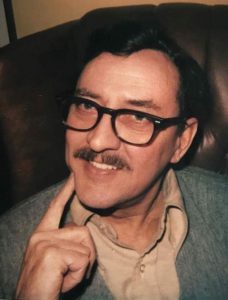
When I first started working at NEHGS in November 2015 and was introduced to Gary Boyd Roberts, he shook my hand and said, “Tell me about your family.” I told him my mother was half Cape Breton Scottish and Yorkshire English, and half Croatian (see my previous posts). His eyes glazed over. When I said my maiden name was Buzzell and my paternal grandmother was an Ordway from Medford, I could tell that little wheels started turning in Gary’s head: Yankees!
When my father was alive, I often asked him where his family was from. His response was usually “nowhere,” but sometimes he filled this void of information with a romantic genealogical fantasy: perhaps they were Huguenots banished from France? Continue reading The man from nowhere
The language of colonial relationships
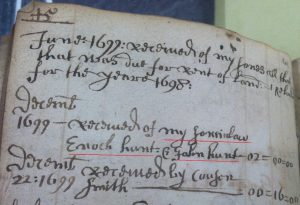 Typically, when researching family history, finding documents in which individuals state their relationship to each other is a source of excitement. These kinds of discoveries provide researchers with crucial information for genealogical research. However, during my time as a researcher here at NEHGS, I have come across some examples of direct statements of relationships that are not always what they appear to be. This insight specifically relates to colonial era documents, where relationships might be described differently than they are today. Continue reading The language of colonial relationships
Typically, when researching family history, finding documents in which individuals state their relationship to each other is a source of excitement. These kinds of discoveries provide researchers with crucial information for genealogical research. However, during my time as a researcher here at NEHGS, I have come across some examples of direct statements of relationships that are not always what they appear to be. This insight specifically relates to colonial era documents, where relationships might be described differently than they are today. Continue reading The language of colonial relationships
The world’s a stage
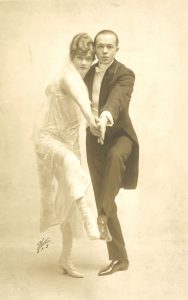
I recently bought a striking pair of photographs by White Studio of New York. The first was sold as showing an attractive couple dancing, but when I received it I could see that one partner was identified: Mrs. E. B. Alsop, who was preparing to go in to vaudeville. I then bought the second one, where, again, Mrs. Alsop’s partner – a rather ghostly fellow – went unnamed.
My curiosity piqued, I went looking for Mrs. Alsop, and soon found her: the former Effie Pope Hill, a lovely girl of 19 or so who had gained notoriety in 1912 when she married Edward Brown Alsop (1835–1922), a widower more than three times her age. Little in Mr. Alsop’s background suggested he would take such a step – he seems a sober tycoon, long-married to his first wife – and the marriage soon soured.
In the autumn of 1914, when these photos were taken, the lives of Mrs. E. B. Alsop and her dance partner took several further steps toward disintegration. Continue reading The world’s a stage